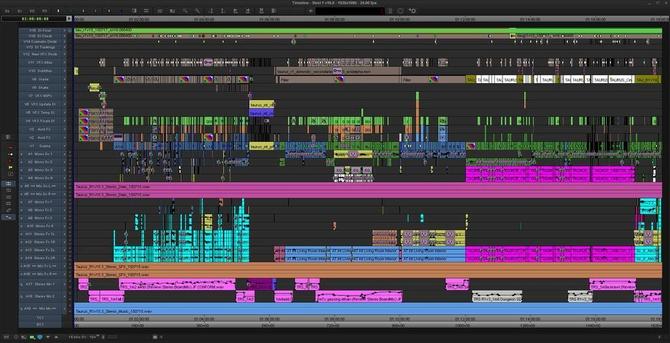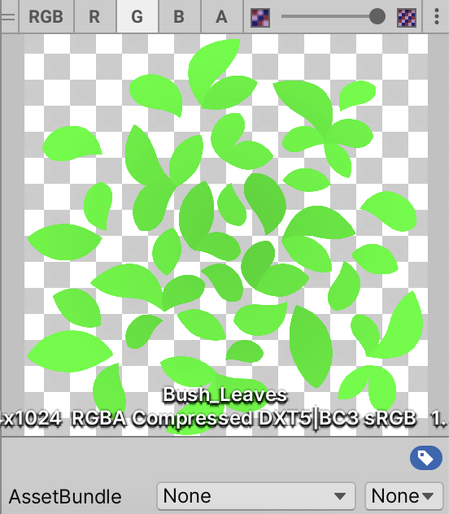The trees are larger in this video compared to previous ones. And usual for first person games, the camera height that looks best to me is at clavicle height.
I think I got things looking fairly natural now? Only issue is, what I arrived at works out to 1 meter being 0.85 units. 😫 That's a pain to work with, but it would also be a pain to scale everything up by 18%.
I needed to get proportions in my game sorted out, so I spawned these reference humans along the paths. This helped me better be able to tell if they look right compared to the trees and environment, and whether the player camera height also looks right compared to them.
#GameDev #ProcGenAnyone who's used movie sequencing software, or a performance profiler, should have an idea of what a 1D timeline with lots of events (from very short to very long) can look like. I want to see my calendar like this, and effortlessly zoom out to my entire life and in to individual days. Hnnng calendar apps, just. let. me. zoom. out!
I'm not sure it was sufficiently clear in my first post, but I'm talking about an alternative calendar interface suitable for getting an overview of multi-year time spans (and using it for some additional long-running "events" not normally put in calendars), not a way to create a static chart. It's a bit wild to me if no calendar apps exist that actually lets you get a broad overview over your life rather than letting you see max one year at a time.
Are there any programs for building an overview of one's life as one big timeline? I'm imagining blocks for events like in Google Calendar, but where 1) "events" can be multi-year, like a home, a job, a relationship, 2) there's suitable views for that long timelines, 3) there's filtering functionality to easily show/hide related events. Google Calendar integration would be a big plus. Another use case is seeing vacation destinations over the years at a glance.
I might be wrong. Anyway, turns out the color dilation Unity applies does not go all the way, leaving some transparent pixels still black, which is absolutely terrible for the smallest mip levels. I could swear the dilation used to cover all pixels, but might misremember that one too.
Didn't Unity use to let you inspect what color is stored in transparent pixels? Not in the RGB view, but in the individual R, G and B channel views? Now there's NO way to tell, short of slapping the texture on a material with a non-transparent shader and look at that. And no, I can't disable "alpha is transparency" because the color dilation that this feature enables is exactly what I want to inspect.
I got things working by storing the extra info in the specular color map, since I don't plan on having colored specular highlights anyway.
So I have to determine per pixel whether it's leaves or bark. I don't think I can use a hardcoded placeholder albedo color to mean "use per-instance color here" because it would produce halos/fringes due to texel interpolation.
So I have to store this info in a separate channel that's not albedo, plus make the leaves in the albedo black rather than white, I think.
I've had great success over the past 10 days implementing the tree improvements I knew for years I'd have to do eventually, but found near-insurmountable for me to tackle.
Still not quite done - the tree instance colors affect the whole impostor, while it should only affect the leaves. Which means the bark is way too dark (and green) on the impostors. (My tree models have white leaves so I can give them any color. Which means the instance color is the full leaves color, not just a slight tint.)

